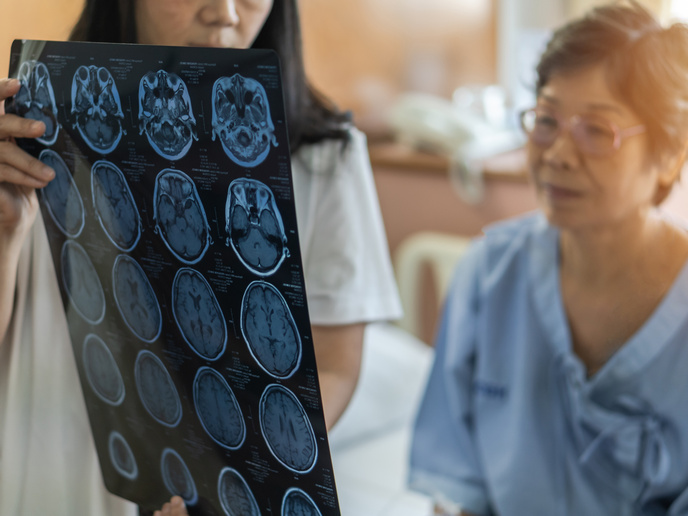3D printed devices set to revolutionise the study of cardiovascular diseases
Cardiovascular diseases such as heart attacks and strokes claim the lives of over 14 million people every year. To cure and treat these diseases, scientists and healthcare professionals conduct their research using in vitro and in vivo models. Unfortunately, because these models fail to fully replicate the human physiology, they tend to undermine the success of this research. As researchers look for new solutions, many are turning to high-resolution 3D printing to create organs-on-a-chip devices. An organ-on-a-chip is a device that accurately mimics the human body’s environment for use in disease modelling and drug testing. “3D printing gives us the potential to create organically shaped, highly accurate, microfluidic replicas of blood vessels,” says Pedro Costa, CEO and CTO of Biofabics(opens in new window), a Portugal-based company specialising in 3D bio tissue analogues. “These replicas can be lined with cells and filled with blood, allowing researchers to study disease-like events in a near-to-real-life environment.” Clearly, 3D printed organ-on-a-chip devices have the potential to revolutionise the study of cardiovascular diseases – and the EU-funded 3DPRINT-VASCU-CHIP project is helping ensure they reach this potential. The project was coordinated by Biofabics and led by Costa, who received additional support from the Marie Skłodowska-Curie Actions programme(opens in new window).
Interactive designing of devices
The main objective of the 3DPRINT-VASCU-CHIP project was to develop an automatic system for producing complex, fully customised organ-on-a-chip devices. “Our work primarily focused on developing an online software platform that can automate the design of customised microfluidic organ-on-a-chip devices,” explains Costa. “These device designs would then be manufactured via 3D printing and used to study cardiovascular tissues and diseases.” Out of this work came the Biofabics Toolbox(opens in new window), a platform where users can interactively design devices in 3D by simply defining the properties of a number of parameters. When happy with the design, the user can order the actual physical device. The project also demonstrated the added value of the devices and assessed the system’s commercial viability. “We published several proof of concept studies demonstrating that the combined use of software tools, and 3D printing technologies, can streamline the creation of advanced 3D in vitro models of cardiovascular tissues and diseases,” adds Costa.
The benefits of working together
The online software platform developed during the project is now available via the Biofabics website, where several products and services are available for purchase. “With our software platform, scientists around the world can perform their work faster, easier, more accurately, and with a greater level of complexity,” remarks Costa. Costa notes that the project’s success is due, at least in part, to its close collaboration with several internationally renowned institutions, including Stanford University(opens in new window) in the United States, the University of Minho(opens in new window) in Portugal and the University of Santiago de Compostela(opens in new window) in Spain. “This project shows what is possible when companies and universities stop working in silos and instead come together to perform top-notch research,” he concludes. The company continues to develop new design customisation tools, including those related to other tissues and organs.







